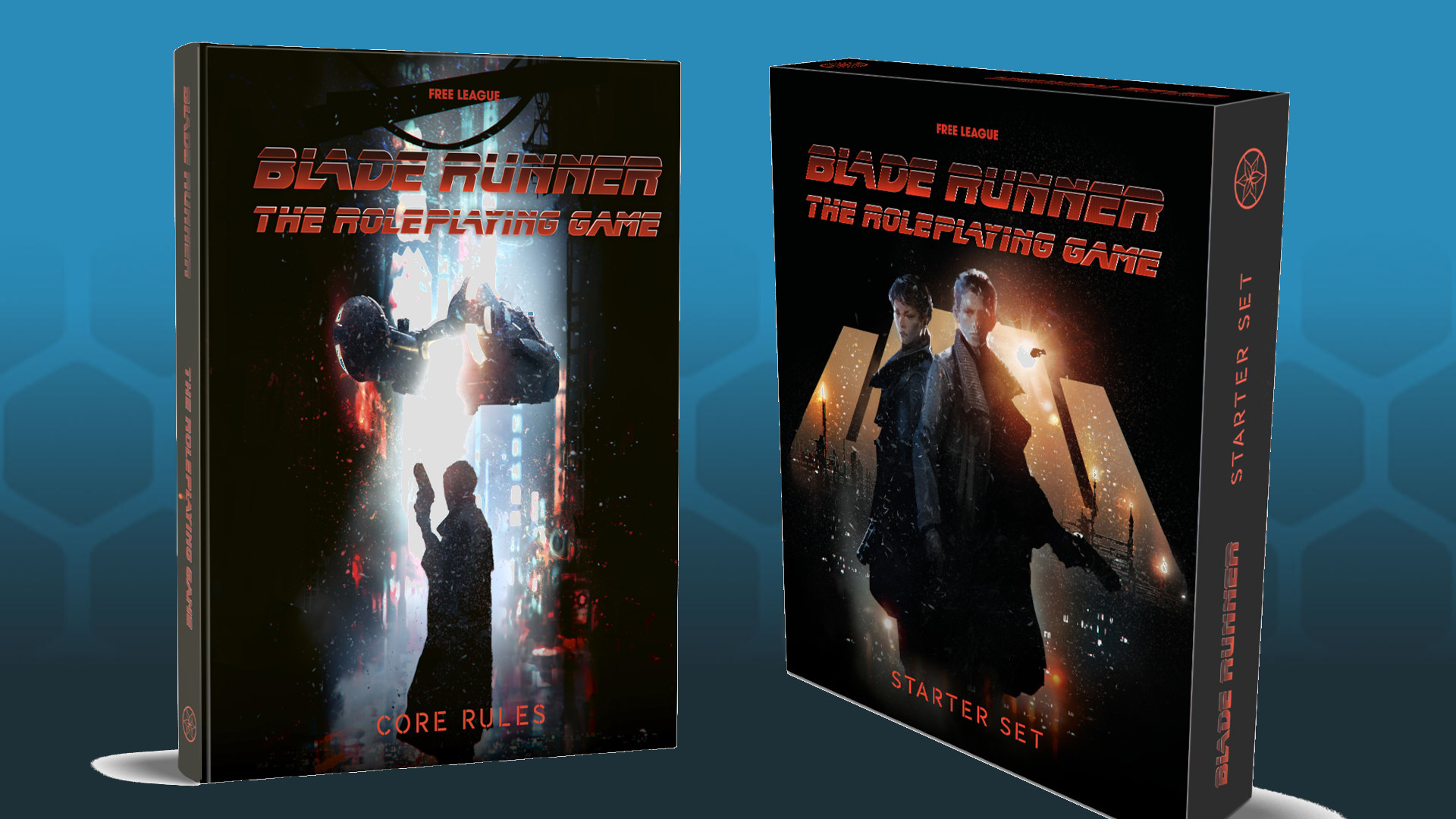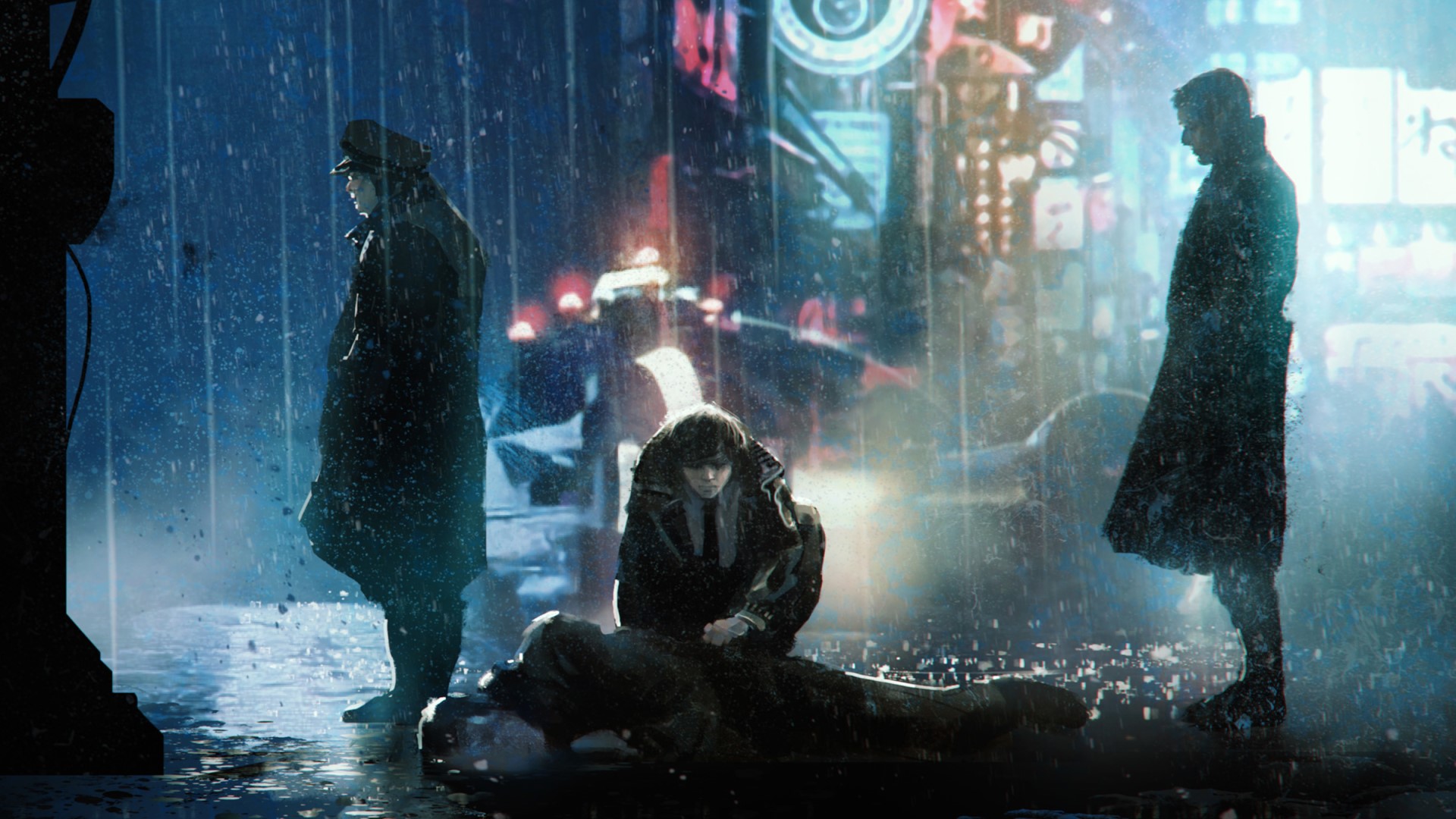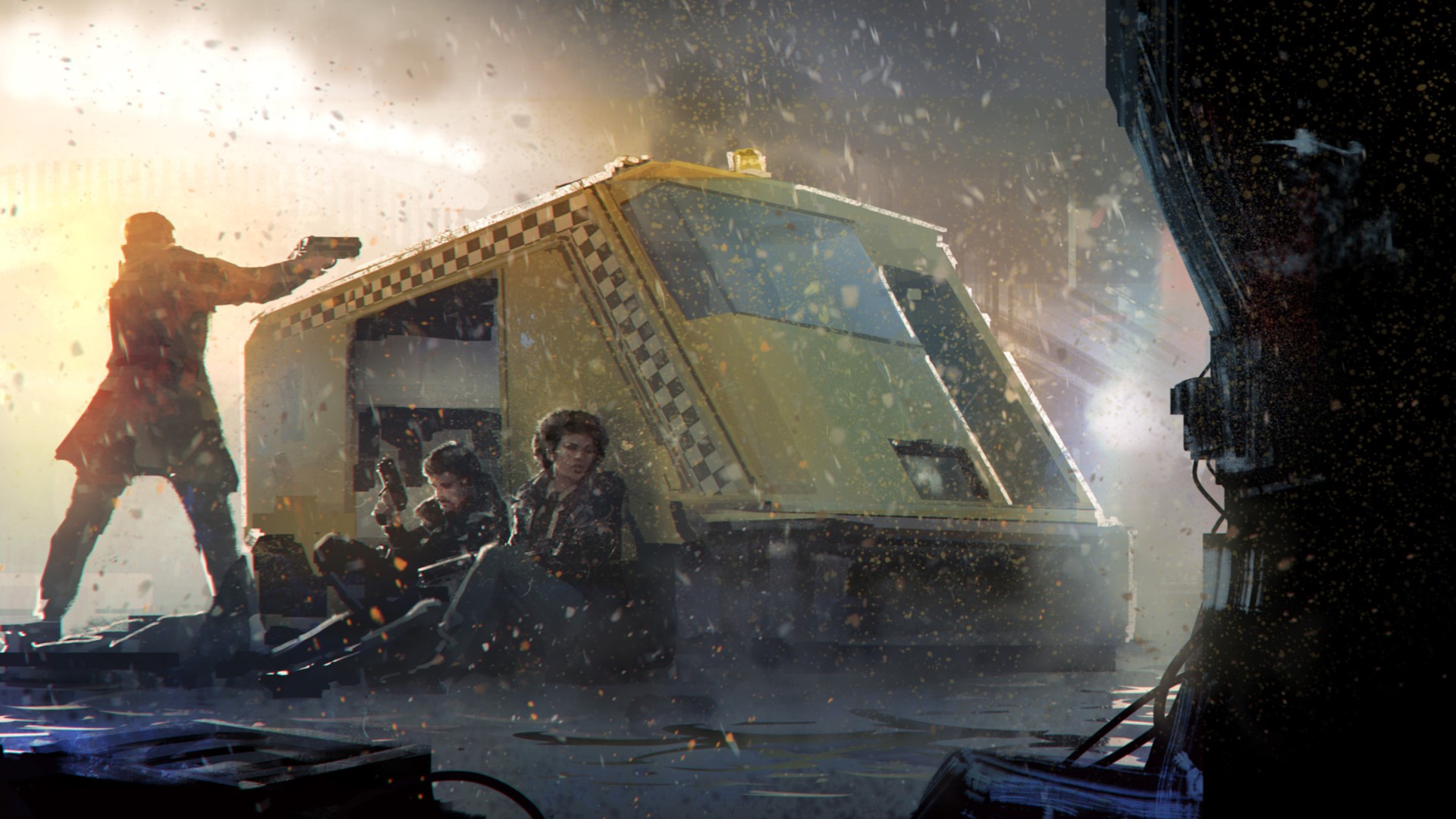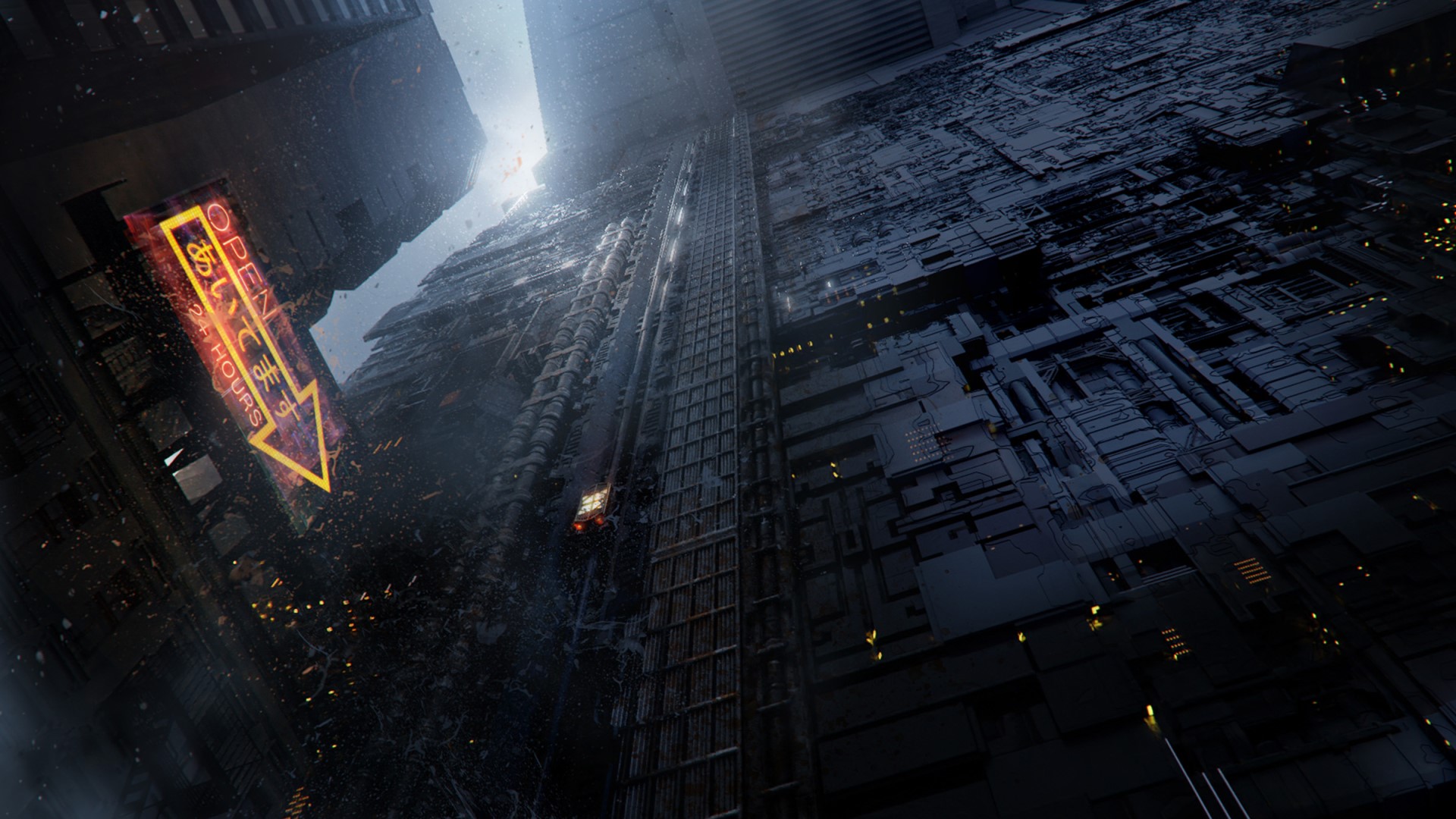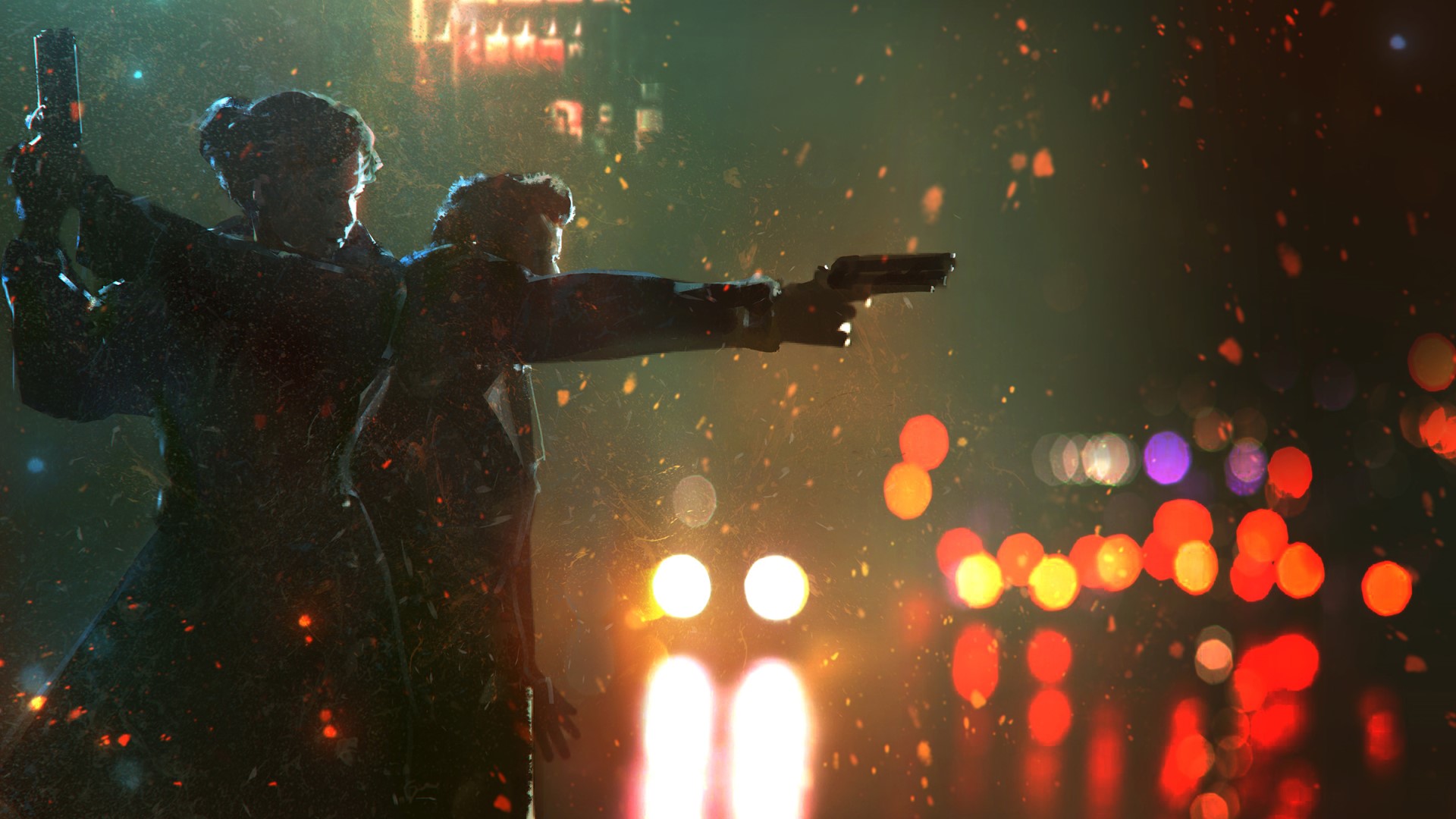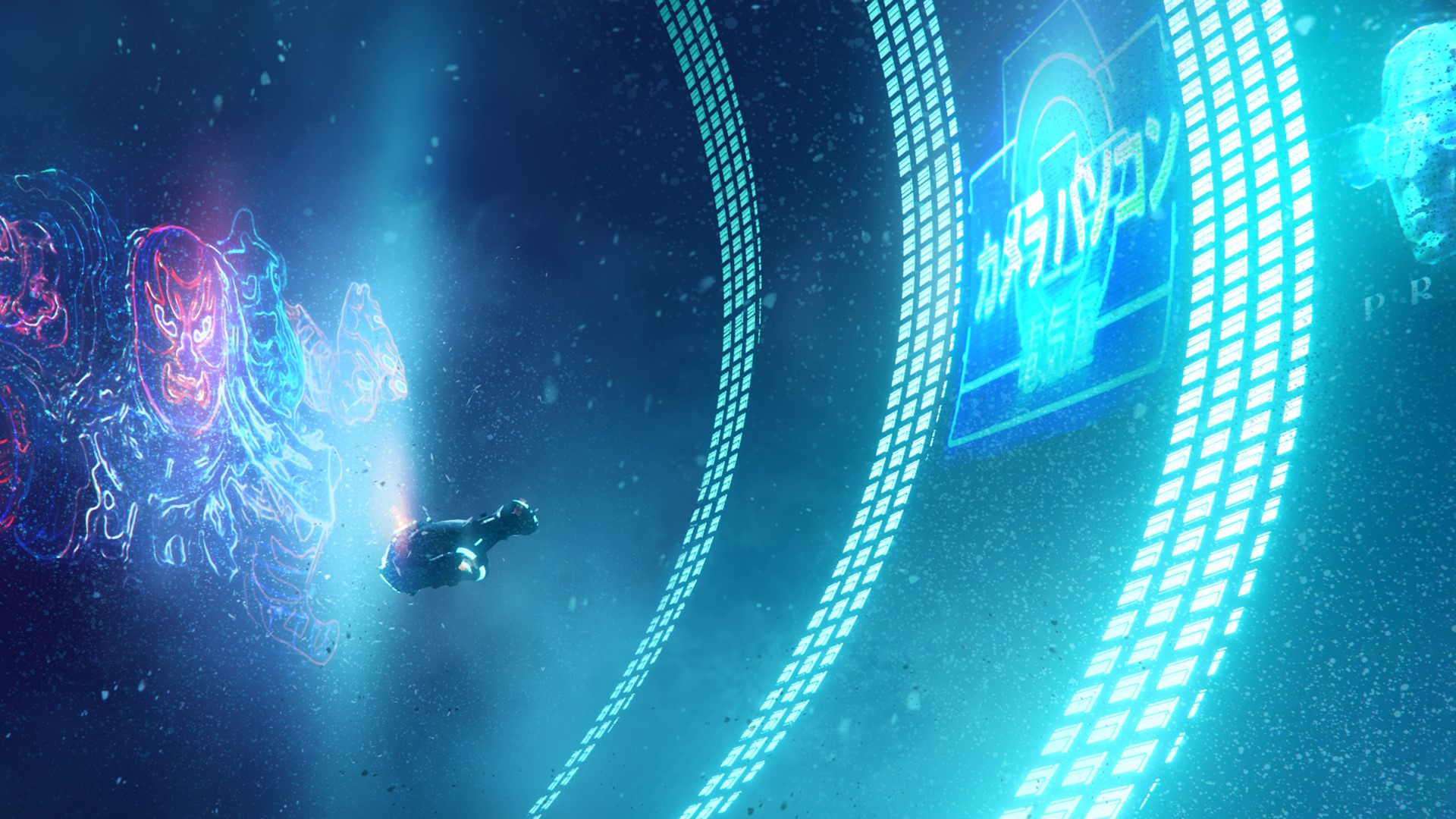Our Verdict
Blade Runner: The Roleplaying Game nails the look and feel of its source material, balancing flavour and mechanics to bring a beloved world to life. While it doesn't show huge scope for wider roleplaying opportunities, the experience it sets out to provide is executed excellently.
I’ve seen things you people wouldn’t believe. By this, I mean I’ve seen the newly-published Blade Runner: The Roleplaying Game. After raising over $1.5 million on Kickstarter, the adaptation of the sci-fi drama is now making its way to players. And if the copy Free League sent Wargamer anything to go by, the Blade Runner RPG certainly lives up to the hype.
This is one of the last tabletop RPGs launched by Free League Publishing this year, with other 2022 releases including Cy_Borg and Vaesen: Mythic Britain and Ireland. Blade Runner: The Roleplaying Game is a “neon noir” tabletop RPG that goes hard on detective work, corporate intrigue, and android technology. It’s advertised as an adaptation of the entire franchise: the first Blade Runner film, its 2017 sequel, and Phillip K. Dick’s original book.
Here’s a full Blade Runner RPG review, including exactly what to expect from the core rules and starter set, as well as what makes this game of corporate intrigue so, well, intriguing.
What’s in the Blade Runner RPG?
The core rulebook provides everything you need to create and play your own Blade Runner, including a hefty gazetteer for Los Angeles in the year 2037. Meanwhile, the Blade Runner starter set gives you a streamlined set of rules and drops you straight into the action with a gang of pre-generated Runners and the first in an ongoing series of mysteries.
Anyone already familiar with Free League will recognise a few tell-tale signs of its Year Zero system in Blade Runner. Players succeed in skill checks by rolling enough successes from a dice pool, character skills (and damage) are divided into mental and physical categories, and the stakes of adventures gradually climb to a crescendo around the players.
This time, though, you get to roll more than just d6s. This, along with a few other system tweaks, make Blade Runner feel distinct from previous Free League titles.
There are also hints of other tabletop games in there too. The grim setting, stressful scenarios, and shift-based encounters are a little remnant of Blades in the Dark. Additionally, the glossy handouts and unfolding mysteries found in the Blade Runner starter set have drawn more than a few comparisons to Sherlock Holmes: Consulting Detective.
Who is the Blade Runner RPG for?
The core rules have enough lore and detail to introduce newcomers to the Blade Runner universe, but it’s clear this game was designed for (and by) people who really love the source material. Film quotes pepper the pages, the starter adventure takes place in iconic locales from the 1982 flick, and the grimy beauty of Ridley Scott’s original vision is faithfully recreated in Martin Grip’s illustrations.
Hell, even if you aren’t planning to play the game, the rulebook’s visual loveliness and deep dive into the world would make it a great coffee table book for hardcore Blade Runner fans.
For those who are interested in playing, there’s one key thing to note: this is a system that encourages serious and often dark storytelling. The adventure in the starter set comes with a content warning, and Free League briefly alludes to RPG safety tools players may want to incorporate for dealing with difficult topics. This might not be one for lovers of light and silly romps.
Is the Blade Runner RPG good or bad?
I don’t like to use the word ‘perfect’ often, but I’m going there now. The Blade Runner RPG captures the themes and feel of the source material (in particular, the ‘80s film) perfectly.
These are baked into the very mechanics of the game. Replicant Blade Runners have different strengths and weaknesses from their Human counterparts (some of which could secretly be Replicants themselves, depending on a secret roll from the Game Runner). The system for earning career-based Promotion points and empathy-based Humanity points captures the biggest conflicts Blade Runners and Replicants face. The rules are littered with examples where the gameplay authentically reflects the essence of Blade Runner.
The attention to detail in the Blade Runner RPG is quite incredible. At one point, the RPG shares an in-universe reason why none of your players can swim. It’s a tiny detail that wowed me. Every last aspect of what it would be like to live in this world, both lore-wise and mechanically, has been considered for the book.
The more practical mechanics feel well-considered too. For example, Stealth and Interrogation rolls come with advantages or disadvantages depending on your environment and state of being. The system for chases feels detailed without being overwhelming. This is a pretty solid summary of the system overall – there’s a nice amount of crunch without having to worry about fluff like tracking how many bullets you have left.
That being said, there was one aspect of the rules that felt neglected: the classes. There are seven kinds of Blade Runner in the core rules, but there’s a lot of crossover when it comes to key skills, and each has a fairly vague passage of flavour text. None of the options feels distinct.
Your key memories, signature items, and key relationships play a far bigger role than character class ever does, as does the decision to be a human or a Replicant. I almost wonder if classes were necessary at all.
One of Blade Runner’s biggest strengths is also its biggest flaw. It curates a specific experience that really feels like the source material, but the RPG has to implement a lot of limitations to do so. It has a relatively puny max player count of four, for example. You also can’t be anyone but a Blade Runner, forever destined to solve mysteries in a corrupt city.
The Blade Runner RPG does one thing excellently, but it does that one thing only. Perhaps it’s nitpicky to critique a deliberate design choice like this, but it’s worth considering how much mileage you can get from a game that largely stays stuck in one genre.
The dedication to recreating Blade Runner also feels a little trite in places. I mostly felt this in the starter adventure, which feels a little overly faithful to its muse. Fans of the ‘80s film will recognise a lot of characters, settings, and story beats here, which feel designed to inspire a pat on the back and a smug call of ‘I understood that reference’.
I’ll close up the critique with an important note: I don’t actually like Blade Runner. This may add some bias to that final critique of the RPG’s fanservice, but I stand by the rest of my points. If anything, I’m more impressed by the Blade Runner RPG because I don’t enjoy its source material. This is a game made with passion and precision, and I look forward to playing it.

